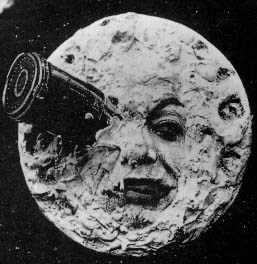- 3-minute read
- 27th April 2017
Punctuation Tips: How to Use Quotation Marks
Using quotation marks is essential in academic writing, especially when you’re using somebody else’s words. Failing to show that you’re quoting a source could even be seen as plagiarism!
In this post, we outline the different approaches used in different parts of the English-speaking world. Make sure you know which one your university prefers!
Single or Double Quotation Marks?
Traditionally, Australian English uses ‘single quotation marks’ (as does British English), while American English prefers “double quotation marks”.
However, there is some flexibility here: the important thing is using a consistent style in your writing. If you start using double quotation marks, make sure you don’t switch to single quotation marks half way through your document!
He claimed that ‘man had never set foot on the moon’. – Australian
He claimed that “man had never set foot on the moon.” – American

If you’ve already noticed differences in punctuation above, don’t worry: we’ll get to that soon!
No matter which approach you pick, when you include a quote within a quote, make sure to use the opposite style (i.e. double inside single and vice versa). For example:
According to The Times, ‘Gordon Brown was described as a “blithering fool” by a close associate’. – Australian
According to The Times, “Gordon Brown was described as a ‘blithering fool’ by a close associate.” – American
Find this useful?
Subscribe to our newsletter and get writing tips from our editors straight to your inbox.
In these examples, using different quotation marks for ‘blithering fool’ shows that this was originally said by the close associate, not The Times.
Punctuation
Another slightly tricky issue is punctuation. Australian and British English place commas and full stops outside speech marks unless they are used in the original quote.
Imagine this is a direct extract from a report by Chris Adams:
I hate to admit it, but this play was thoroughly entertaining. In fact, I was enthralled throughout. I would highly recommend going to watch if you can.

(Photo: Frédéric Raspail/wikimedia)
Now compare the two direct quotes:
Chris Adams claimed that the ‘play was thoroughly entertaining.’
Chris Adams claimed that ‘the actors were convincing’.
In the first example, the full stop comes before the closing quotation mark because the original text included one. In the second example, the full stop goes outside the quotation mark because it was not part of the original text.
With American English, this distinction does not exist: punctuation is always placed inside quotation marks.